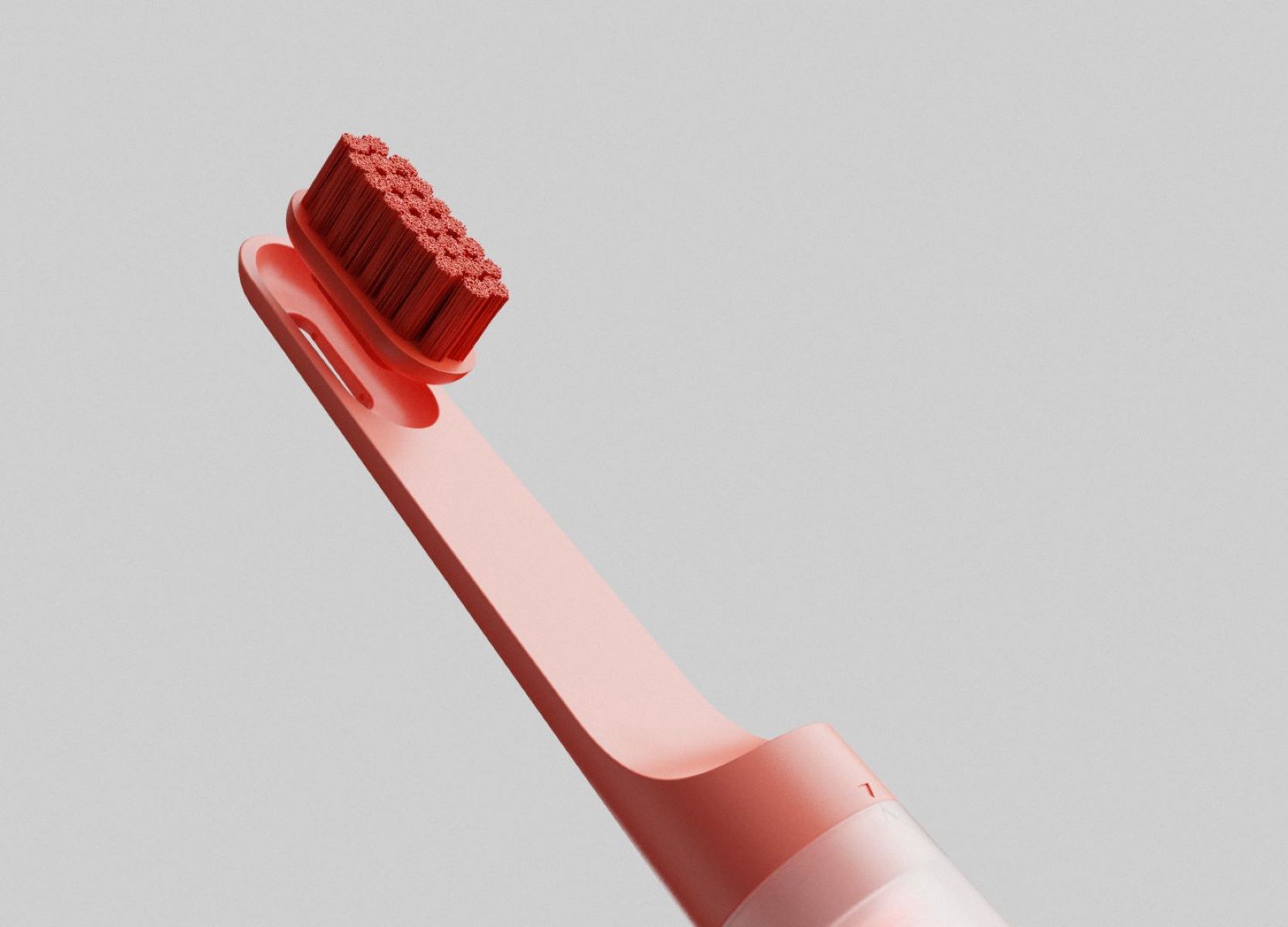Home>Gardening & Outdoor>Landscaping Ideas>Why Did My Grass Die


Landscaping Ideas
Why Did My Grass Die
Modified: May 29, 2024
Discover expert landscaping ideas to revive your dying grass and transform your lawn into a lush, vibrant oasis. Explore effective solutions for reviving your lawn and achieving a healthy, green landscape.
(Many of the links in this article redirect to a specific reviewed product. Your purchase of these products through affiliate links helps to generate commission for Storables.com, at no extra cost. Learn more)
Introduction
When your once-lush lawn starts to resemble a patchy, brown eyesore, it's natural to wonder, "Why did my grass die?" A thriving, verdant lawn is the pride of any homeowner, but maintaining its health and vibrancy requires understanding the potential reasons for its decline. From improper watering to pest infestations, there are several factors that can contribute to the demise of your grass. By delving into these common causes, you can gain valuable insights into revitalizing your lawn and preventing future issues. Let's explore the intricacies of lawn care and uncover the secrets to achieving a lush, resilient expanse of greenery.
Key Takeaways:
- Proper watering, nutrient balance, and soil aeration are crucial for a healthy lawn. Understanding and addressing these factors can revive your grass and promote long-term vitality.
- Regular mowing at the correct height, along with proactive pest and disease management, are essential for maintaining a lush, resilient lawn. Embrace proper lawn care practices to nurture a thriving green oasis.
Read more: Why Is My Grass Dying In Winter
Common Causes of Grass Death
Grass, like any living organism, is susceptible to various environmental stressors and potential threats. Understanding the common causes of grass death is crucial for implementing effective solutions and preventive measures. Whether your lawn is exhibiting discoloration, thinning, or bare patches, identifying the underlying reasons can pave the way for targeted interventions. Let’s delve into the primary culprits behind grass deterioration and explore how to address these issues effectively.
Improper Watering
Water is essential for the vitality of your lawn, but improper watering practices can spell disaster for your grass. Overwatering can lead to shallow root systems, making the grass more susceptible to heat stress and diseases. On the other hand, underwatering can result in parched, brown patches that detract from the overall lushness of your lawn.
To ensure optimal hydration, it’s important to water your lawn deeply but infrequently. This encourages the development of deep root systems, enhancing the grass’s resilience to drought conditions. Additionally, watering in the early morning helps minimize water loss due to evaporation, allowing the grass blades to dry during the day and reducing the risk of fungal diseases.
Implementing a smart irrigation schedule based on the specific needs of your grass type and local climate can help prevent the detrimental effects of improper watering. By promoting healthy root development and minimizing water-related stress, you can safeguard your lawn against the perils of inadequate hydration.
Lack of Nutrients
A thriving lawn requires an adequate supply of essential nutrients to support robust growth and resilience. When your grass starts to lose its vibrant green hue and appears lackluster, a deficiency in key nutrients may be the underlying cause. Nitrogen, phosphorus, and potassium are primary macronutrients that play pivotal roles in sustaining the health and vigor of your lawn.
Nitrogen is crucial for promoting lush, green foliage, while phosphorus supports root development and overall plant energy. Potassium aids in disease resistance and drought tolerance, contributing to the grass’s ability to withstand environmental stressors. A lack of these vital nutrients can manifest as stunted growth, yellowing of the grass blades, and increased susceptibility to pests and diseases.
Conducting a soil test can provide valuable insights into the nutrient levels present in your lawn’s soil, guiding you in formulating an appropriate fertilization regimen. Selecting a high-quality, balanced fertilizer tailored to the specific needs of your grass type can help rectify nutrient deficiencies and foster a thriving, resilient lawn. By addressing the lack of essential nutrients, you can revitalize your grass and fortify it against future challenges.
Check for common causes of grass death such as overwatering, underwatering, compacted soil, or pest infestations. Address the issue to prevent future grass die-off.
Soil Compaction
Unbeknownst to many, soil compaction can exert a detrimental impact on the health and vitality of your lawn. Over time, the soil beneath your grass can become compacted due to various factors, such as foot traffic, heavy machinery, or natural settling. This compaction diminishes the pore spaces within the soil, hindering the circulation of air, water, and nutrients essential for the grass’s root development and overall well-being.
Compacted soil impedes the penetration of water, leading to poor drainage and increased runoff, which can contribute to waterlogged areas and erosion. Furthermore, the restricted airflow within compacted soil can stifle beneficial microbial activity, hampering the breakdown of organic matter and nutrient cycling.
To alleviate soil compaction and rejuvenate your lawn, aerating the soil is a highly effective strategy. Core aeration involves extracting small plugs of soil from the ground, creating apertures that facilitate improved air and water infiltration. This process also encourages root growth and enhances the overall resilience of the grass. By addressing soil compaction through regular aeration, you can promote a healthier, more vibrant lawn that thrives in a conducive soil environment.
Read more: Why Is My Grass Dying Over My Drain Field
Pest and Disease Infestation
Amidst the serene expanse of your lawn, unseen threats in the form of pests and diseases can wreak havoc on the grass, causing unsightly damage and compromising its vitality. Pests such as grubs, chinch bugs, and armyworms can voraciously feed on the grass roots and blades, leading to visible browning, thinning, and irregular patches. Additionally, fungal diseases like dollar spot, brown patch, and powdery mildew can manifest as discolored, distorted, or withered grass, detracting from the lushness of your lawn.
To safeguard your grass against pest and disease infestations, proactive measures such as regular lawn inspection, prompt identification of potential issues, and targeted treatments are paramount. Implementing cultural practices that promote a robust, resilient lawn, such as proper mowing height, adequate aeration, and balanced fertilization, can bolster the grass’s natural defenses against pests and diseases.
Furthermore, selecting grass varieties that exhibit resistance to prevalent pests and diseases in your region can fortify your lawn against potential threats. By staying vigilant and proactive in mitigating pest and disease risks, you can nurture a thriving, resilient lawn that exudes natural beauty and vitality.
Improper Mowing
The act of mowing, often perceived as a routine chore, holds significant implications for the health and appearance of your lawn. Improper mowing practices can exert a detrimental impact on the grass, impeding its ability to flourish and thrive. Mowing the grass too short, also known as “scalping,” can stress the plants, weaken their resilience, and render them more susceptible to environmental stressors and pest infestations.
Conversely, infrequent mowing that allows the grass to become excessively tall can lead to a host of issues, including the development of thatch, uneven growth, and diminished aesthetic appeal. Thatch, a dense layer of organic debris that accumulates near the soil surface, can impede water and nutrient penetration, fostering a suboptimal environment for the grass roots.
To maintain a healthy lawn, it’s essential to adhere to proper mowing practices, including setting the mower blade at an appropriate height to avoid stressing the grass and promoting the development of a strong root system. Regular mowing at the correct height for your grass type encourages even growth and helps prevent the accumulation of thatch. Additionally, alternating the mowing pattern can prevent soil compaction and contribute to a more uniform, resilient lawn.
By embracing proper mowing techniques and adhering to a consistent mowing schedule, you can nurture a lush, healthy lawn that serves as a testament to your meticulous care and attention to detail.
Conclusion
As a homeowner, witnessing the gradual decline of your once-lush lawn can be disheartening. However, understanding the common causes of grass death equips you with the knowledge and insight needed to revive your lawn and foster its long-term health and vibrancy.
From improper watering and nutrient deficiencies to soil compaction, pest infestations, and improper mowing, a myriad of factors can contribute to the deterioration of your grass. By addressing these issues with targeted solutions and proactive lawn care practices, you can embark on a journey to rejuvenate your lawn and cultivate a verdant, resilient expanse of greenery.
Embracing proper watering techniques, implementing a customized fertilization regimen, alleviating soil compaction through aeration, and safeguarding your grass against pest and disease infestations are pivotal steps in nurturing a thriving lawn. Additionally, adhering to proper mowing practices and staying attuned to the specific needs of your grass type can further contribute to the overall health and beauty of your lawn.
By fostering a deeper understanding of the intricate dynamics of lawn care and implementing targeted interventions, you can transform your lawn into a captivating oasis that enriches the aesthetic appeal of your home and provides a lush, inviting space for relaxation and recreation.
Ultimately, the journey to revitalizing your lawn is a labor of love, and by embracing the principles of attentive, informed lawn care, you can cultivate a haven of natural beauty that stands as a testament to your dedication and horticultural prowess.
Frequently Asked Questions about Why Did My Grass Die
Was this page helpful?
At Storables.com, we guarantee accurate and reliable information. Our content, validated by Expert Board Contributors, is crafted following stringent Editorial Policies. We're committed to providing you with well-researched, expert-backed insights for all your informational needs.















0 thoughts on “Why Did My Grass Die”